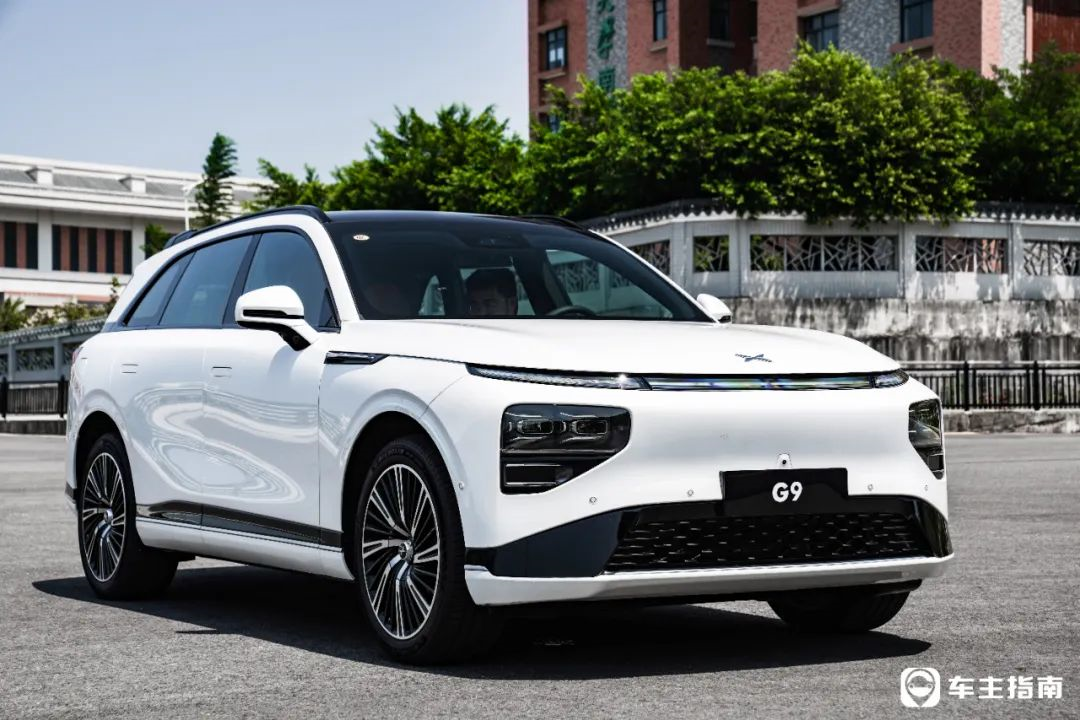Writing: Jingtao Wu
Photography/Post-production: Weijia Lu
Bigger, Faster, Smarter!
Looking back at the new cars that were released and launched in the first three quarters of this year, the first word that comes to mind is “big”! Large sedans, SUVs, and MPVs were launched one after another, indicating how strong consumers’ demand for large cars is during the consumption upgrade.
Among the “big SUVs” recently launched by the “New Car” manufacturers, the one that caught my attention most is the XPeng G9. The reason is very simple, our company is only a short distance from the XPeng automobile headquarters, and since the end of last year, whether it is commuting or going out for shoots, we often see G9 test cars. Over time, we unconsciously began to pay close attention to the direction of this car.
From heavy camouflage to light camouflage, and finally to no camouflage in recent times, every time we see the changes in the G9 test car’s paint on the road, we feel that it is getting closer to us.
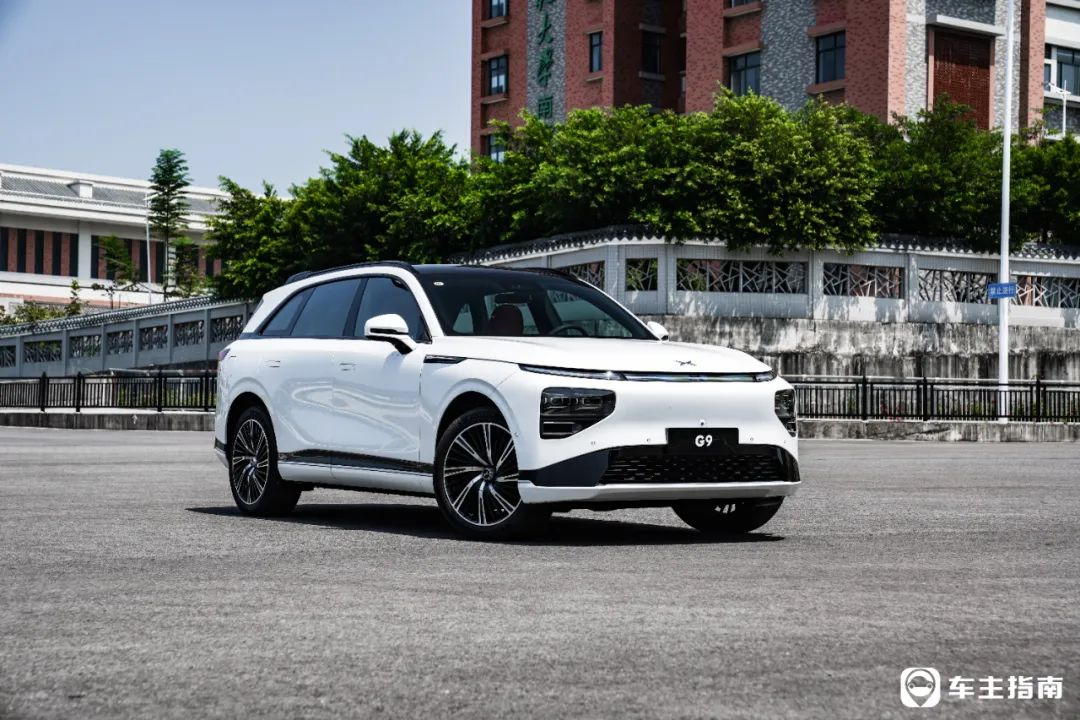
Finally, last week, XPeng Motors announced that the G9 will officially go on sale on September 21, and as a half-neighbor, we also got our hands on the XPeng G9 test drive car. Today’s article will bring you the dynamic part of the XPeng G9 experience as soon as possible.
Preface
- In mid-August, we had already done a static experience of the XPeng G9 in the studio, strongly recommend that friends who are interested in the G9 watch the previous video (shot in the studio, better audio-visual experience). Today’s article will not go into details about the static parts of the observation and experience.
- As the specific vehicle configuration information of the XPeng G9 has not yet been announced, and the vehicles we test-drove may have differences in specific configurations from the final version of the car that will be launched. Therefore, we need to explain the configuration of the test drive car so that people can refer to it.We got the long-range rear-wheel-drive single-motor version of the test drive car, with a range of 702 km on CLTC. Equipped with dual lidar, but without air suspension, rear ventilation, heating, massage, and seat length adjustment. Therefore, in terms of driving experience, it only represents the small G9 model of the rear-wheel-drive single-motor and ordinary suspension in the dynamic part.
A “Great SUV” with Good Driving Experience
Before talking about the subjective driving experience, we first tested this rear-wheel-drive single-motor version of the G9 on a closed road.
With an outside temperature of 35°C, a road surface made of asphalt, and the vehicle in sports mode, this G9 can accelerate from 0 to 100km/h in 6.33 seconds and its braking distance from 100km/h to 0 is 37.10 meters.
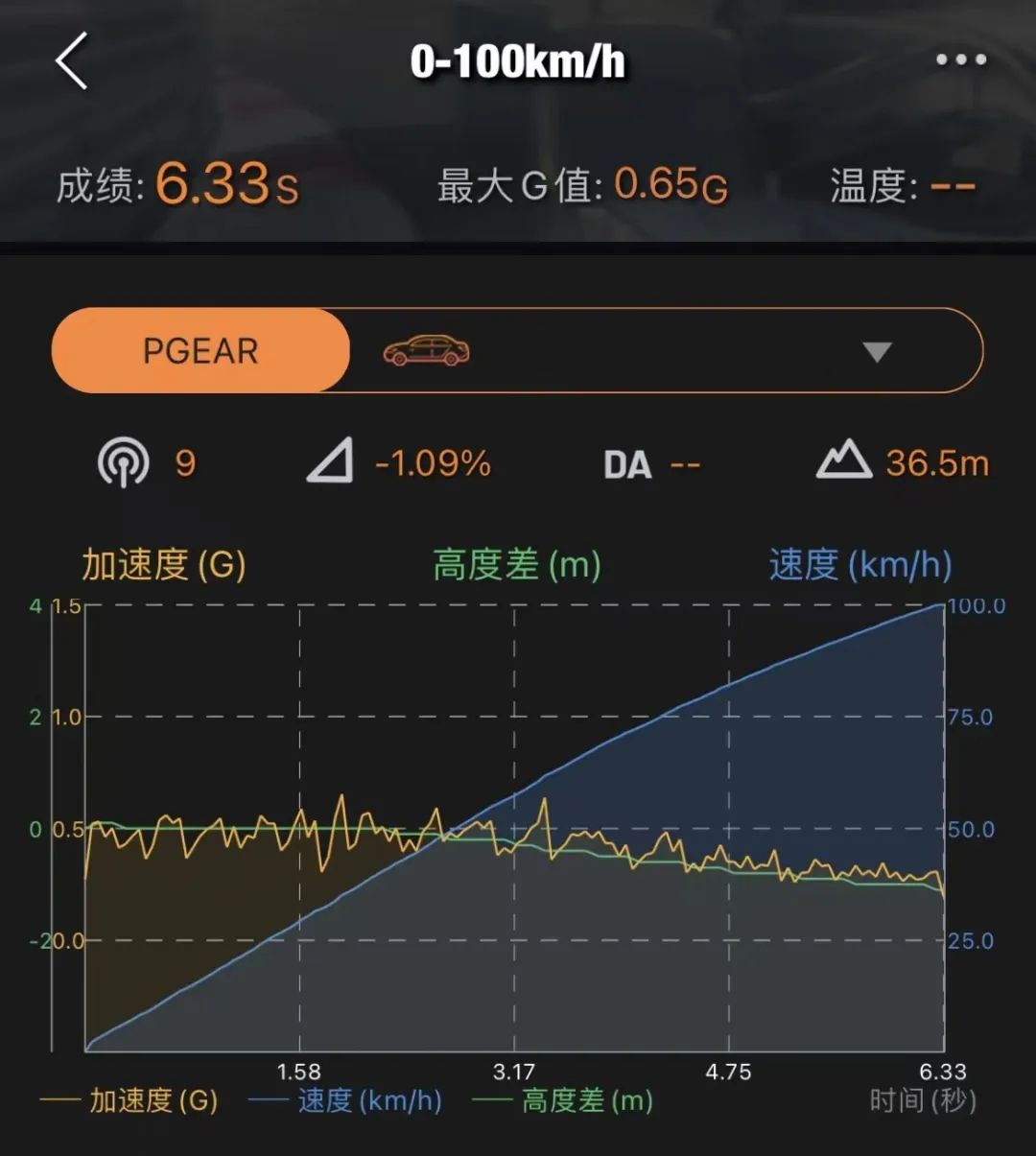

Driving this G9 on the road for the first time, the first thing that impressed me was the steering. Compared with the previous models of XPeng, especially the P7, which took over the flagship “baton”, the steering feel of the G9 has been qualitatively improved.
This is mainly reflected in two aspects. First, the steering wheel itself. The G9 uses a newly designed steering wheel shape, which is optimized for the concave part of 3 and 9 o’clock, where the driver usually holds it, and feels more comfortable during long-time driving.

Second, the feel of the steering wheel when turning. This has been greatly improved in the G9. When the steering wheel turns, whether it is the damping gain that varies with speed and angle or the return degree, it performs quite naturally.
Although the steering is not particularly sharp or precise, with a midsize to large SUV like the G9, this steering feel that is mild and slightly “electronic” has no discomfort in daily driving.
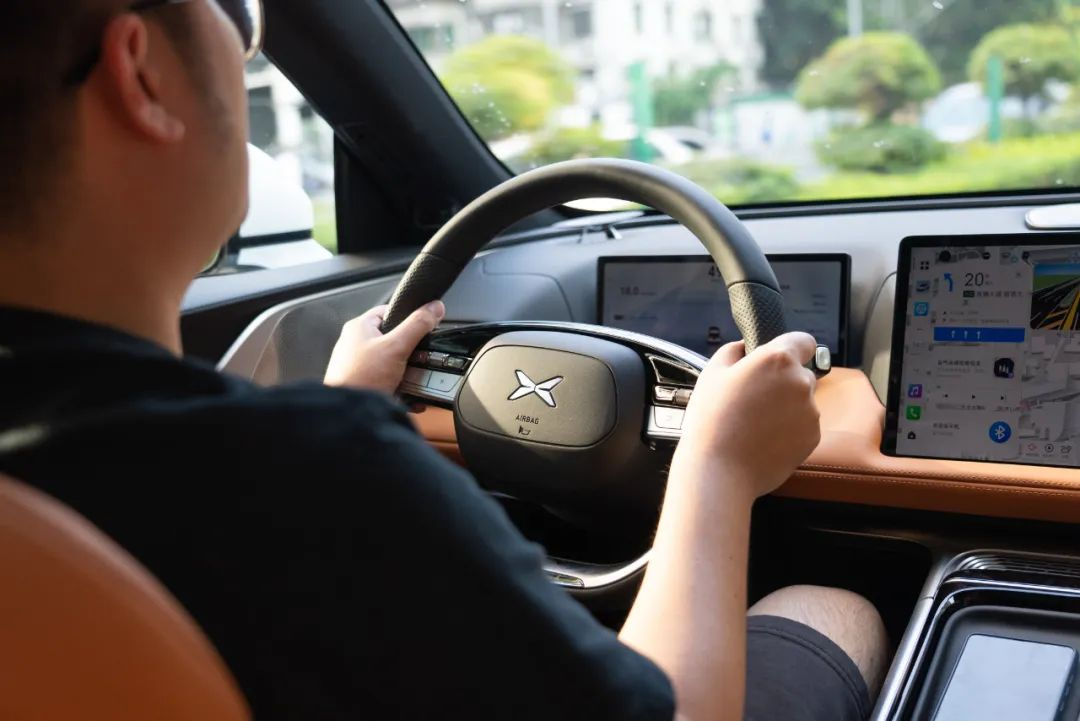 The second thing that impressed me about the car is its chassis. The test drive car we received was not equipped with air suspension. When I first heard that the G9 without air suspension, perhaps like many others, I thought that the mechanical spring version of the G9 had no bright spots worth looking forward to.
The second thing that impressed me about the car is its chassis. The test drive car we received was not equipped with air suspension. When I first heard that the G9 without air suspension, perhaps like many others, I thought that the mechanical spring version of the G9 had no bright spots worth looking forward to.
However, when driving the car, the chassis of this G9 gave me a certain surprise. Unlike the “big SUV models” previously launched by competitors, which rocked and swayed like boats and were completely biased towards comfort, the regular suspension version of the XPeng G9 found a good balance between handling and comfort.
This is first reflected in its clear feedback on road information. Driving over several poorly surfaced asphalt roads and “domestic character” sinking manhole covers, the driver can clearly perceive changes in road conditions, such as passing over several seams or manhole covers.
But it does not provide the kind of dead-hard, direct feedback like a Tesla Model Y, which filters information in a relatively appropriate way while taking comfort into account. It obtains road information without causing discomfort through excessive “directness.”
The most direct benefit of this approach is that the vehicle performs well in lateral and longitudinal attitude control.
Driving the XPeng G9 for quick lane-changing and ramp driving, the vehicle’s lateral support is reassuring. Paired with the power experience of a pure electric vehicle, the XPeng G9, as a medium-to-large-sized SUV, surprisingly has the exhilaration that makes you want to drive fast, which is quite surprising.
Finally, let’s talk about power. As a medium-to-large-sized SUV with a total weight of up to 2,600 kg, carrying only one 230 kW rear motor, how is the power experience is the focus of everyone’s attention.
In terms of absolute acceleration level, our measured 0-100km/h acceleration score was 6.33 seconds, which is already better than the rear-wheel-drive single-motor version of the Tesla Model Y.In actual driving, whether in standard mode or comfort mode, the power output is very abundant below 100km/h, and the response to the accelerator pedal is quite fast. It gives people confidence in starting at red lights and overtaking with secondary acceleration.
However, if you want to experience the high-performance electric car that can make your adrenaline soar with its acceleration and strong push-back feeling, you need the four-wheel drive and dual motor version of the car to achieve it.
At the same time, the kinetic energy recovery system of the Xpeng G9 provides three adjustable gears. For users who often switch between pure electric and fuel cars, this is a very user-friendly setting.
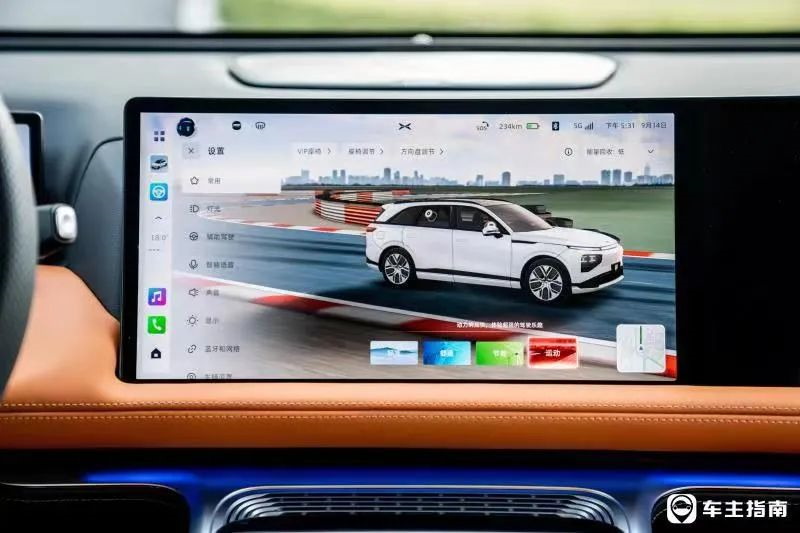
In terms of energy consumption, we will conduct a range test on the G9 later this week, and the video will be released next week. Friends who are concerned about the energy consumption performance of the G9 must pay attention to our video next week.
Ride experience improvement
In terms of handling performance, there are surprises, but as a mid-to-large SUV, the performance in ride comfort is more important. After a round of experience by our editorial department, what everyone agrees on is the comfort of the Xpeng G9’s seats.
Compared to other models of the same brand which had shortcomings such as short seat cushions and poor backrest angles in the rear seats before, the Xpeng G9 has spared no expense on the seats this time, hoping to solve all the problems previously raised by users and media in one fell swoop.
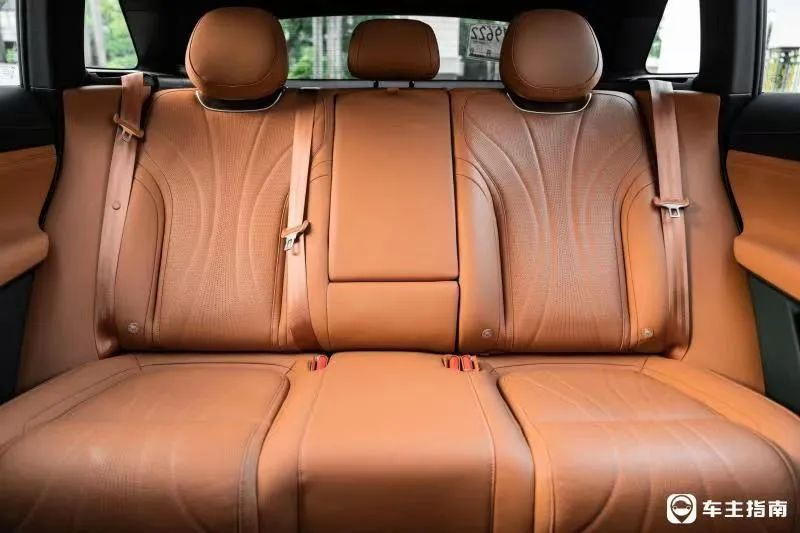
In addition to multi-directional electric adjustment, ventilation, heating, and massage functions, the front seats also provide electrically extended seat cushions for the driver’s seat and an electrically operated leg rest for the passenger seat to enhance the support of the seats for the legs and alleviate fatigue during long-distance driving and riding.
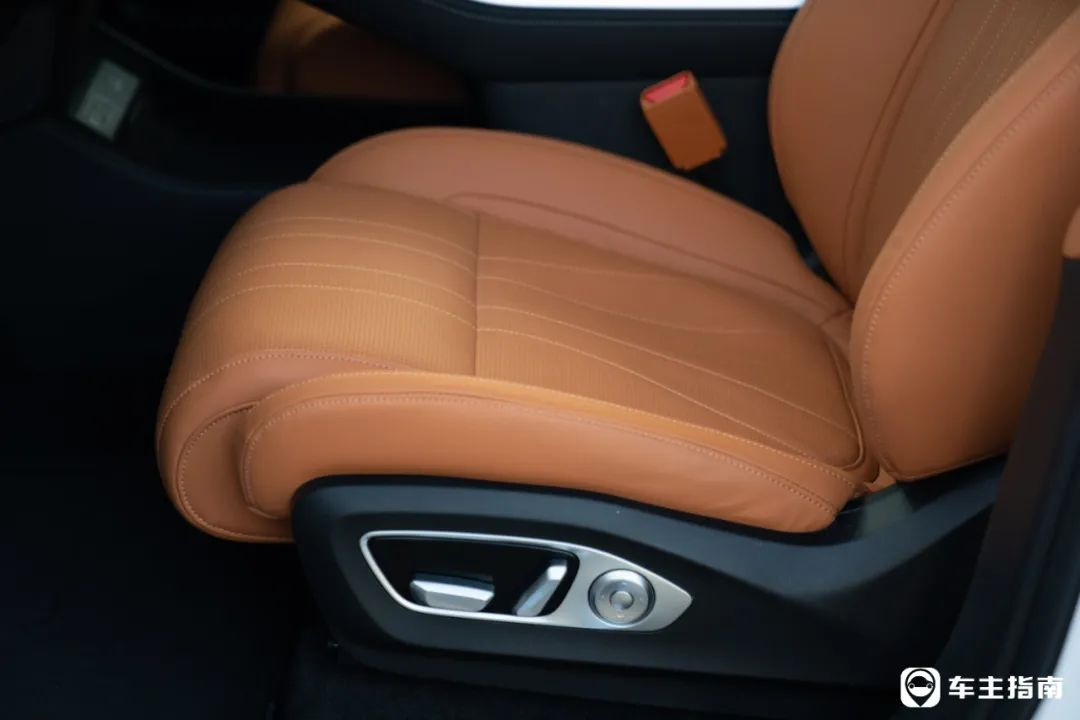
However, there is also a small problem. Since the driver’s seat has an extended seat cushion, the basic length of the seat cushion is longer than that of previous models. Drivers who are less than 165cm tall may still experience their calves being pushed up, even when the seat cushion is adjusted to the shortest position.
If the seat cushion length can be further reduced, the “tolerance” of the driving position for drivers of different heights will be higher, which can better take care of the driving postures of different family members for a family car model.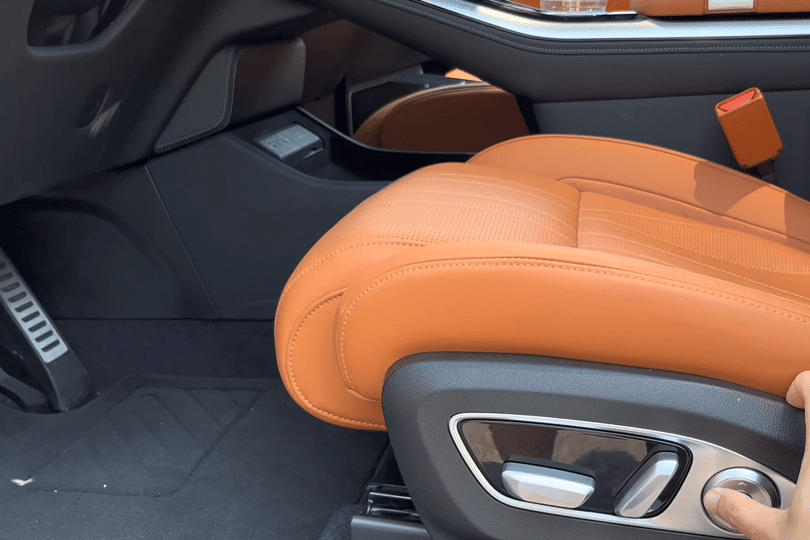
As a large five-seater SUV, the rear seats are naturally the most critical. However, the test car we drove did not come equipped with rear seat cushion extension, ventilation, heating, massage, and other functions. Therefore, the rear seat experience of this car is not the best state of the XPeng G9.

Even so, the performance of the XPeng G9’s rear seats still received unanimous praise from all of us. Due to the 10-degree adjustable electric backrest (27°- 37°), G9’s rear seats can meet the different sitting posture needs of passengers. It can “semi-recline” and rest, as well as “sit straight” to enjoy the scenery outside the car. This “reclining and sitting” posture switching enriches the use experience of different scenes for rear passengers.

Purely in terms of the riding experience, this G9 with insufficiently equipped rear seats is still worthy of a high score.
As the only model in the same class with frameless doors, it is bound to be important for XPeng G9 to perform well in noise suppression.
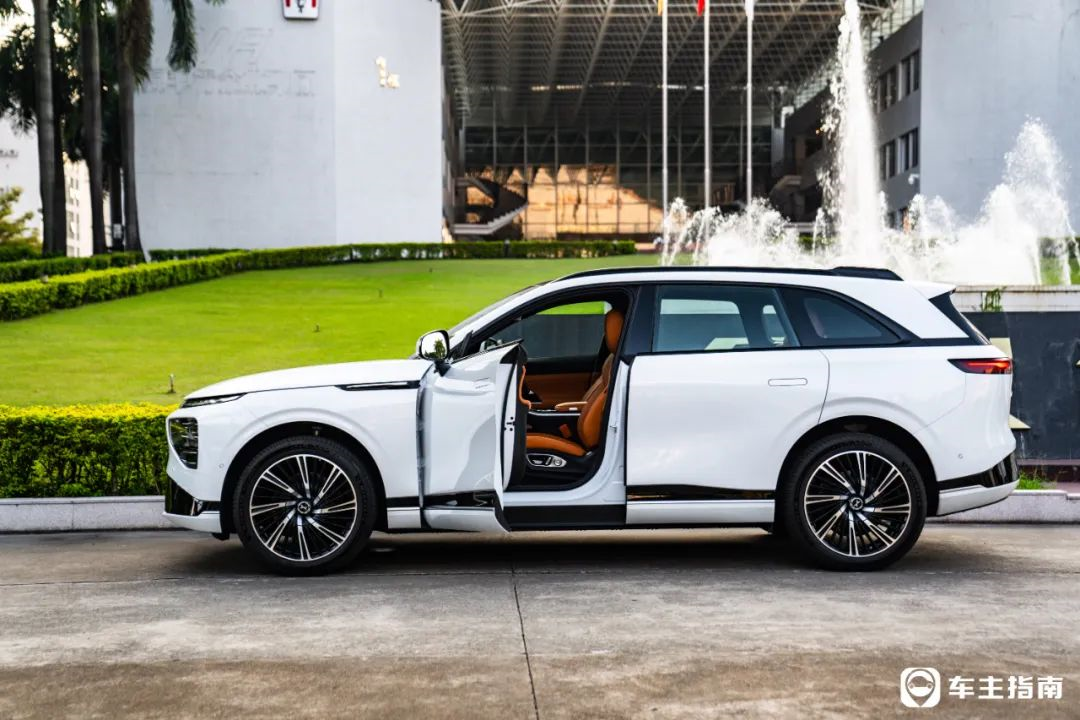
Therefore, we specially used a decibel meter to test on the driver’s side. When driving at a constant speed of 60 km/h on urban asphalt roads, the instrument measured a decibel value of 53.2 dB. When the speed increased to 80 km/h, the measured decibel value was 58.1 dB.

Apart from the instrument test, we found during a day of test driving that although it did not use double-layer laminated glass, this XPeng G9 has a good performance in wind noise suppression for speeds below 80km/h, both for door frames and car windows. However, as the speed continues to increase into a higher speed range, the wind noise at the edge of the window will become more noticeable.
Addressing ShortcomingsLooking at XPeng Motors’ product line, it’s clear that “intelligence” has always been their main focus, whether it’s the NGP, CNGP, and VPA parking memory parking-assist systems in the field of assisted driving, or the intelligent cockpit with full-scenario voice as the main selling point. Intelligence and technology have always been XPeng’s proudest selling points.

However, in terms of the human-vehicle engineering of basic car-making skills, XPeng’s past vehicle models have not been as satisfactory as expected.
This time, a targeted reinforcement has been carried out for both the “strength” and “weakness” areas, as the barrel effect is well-known and we need to pay attention to both strengths and weaknesses.
First of all, for the “strengths” area of assisted driving, XPeng has always been the industry benchmark in the field of assisted driving. Whether it’s NGP, CNGP, or VPA parking memory parking-assist systems, they have already become the benchmark and target of many carmakers.

Under this circumstance, XPeng G9 has carried out comprehensive upgrade and reinforcement in assisted driving hardware, equipped with the latest X POLIT 4.0 assisted driving system. At the hardware level, the “hardware flaw” that was previously missing on the flagship P7, the absence of lidar, has been fixed by adding two lidars.

Later, the dual NVIDIA DRIVE Orin intelligent assisted driving chips were used to increase the total computing power from 30 TOPS of the P7 and P5 models to 508 TOPS.
Since the test drive car is not the final production version, assisted driving functions such as NGP and CNGP were not made available for use, but we will definitely provide information about these functions to everyone when the opportunity arises in the future.
Next is the “weakness” – human-vehicle engineering, which is also the improvement of G9 that I am most satisfied with. In response to various fragmented issues in driving posture, steering wheel grip, and rear seat riding experience that existed in previous vehicle models, XPeng spent a lot of effort on G9 and carried out a “major overhaul”.
What’s especially worth mentioning is the use of light-controlled film technology on the co-pilot’s large screen. XPeng made special treatments to the surface of the co-pilot’s entertainment screen of G9, so that people sitting on the driver’s side cannot see the content displayed on the co-pilot screen.
Some people say that this can protect the privacy of the co-pilot, but from my actual experience, I think the more significant role of this technology is to ensure that the driver will not be distracted by the screen of the co-pilot’s large display when observing the right side mirror, so as to concentrate on observing the rear-view mirror and the road ahead, and improve driving safety.
The fact that XPeng G9 can consider such meticulous issues as the possibility of distracting the driver’s attention by information interference shows that it has advanced in human-machine engineering and “friendliness” to passengers compared to its previous models.
Determining Factors
In today’s new energy SUV market, XPeng G9 is undoubtedly a clear and distinctive vehicle, and its most direct competitor is currently the benchmark for pure electric SUVs priced between 300,000 and 400,000 yuan – Tesla Model Y.
Compared with Model Y, XPeng G9 has more space, better driving quality and interior texture, a better intelligent cockpit experience, and even stronger hardware configuration for assisted driving. If the 800V new generation S4 super fast charging piles, which can “add 200 kilometers of endurance in 5 minutes,” are fully deployed, G9’s disadvantage in energy supplementation will disappear.

By then, apart from the brand and the handling performance exchanged for riding quality, I really can’t think of any other obvious advantages that Model Y still has.
Therefore, the most frequently heard sentence among my colleagues in the editorial department when discussing XPeng G9 is: “Look at the price!” Indeed, in the absence of significant “hard injuries” in product power, G9’s price has become the most critical determining factor.
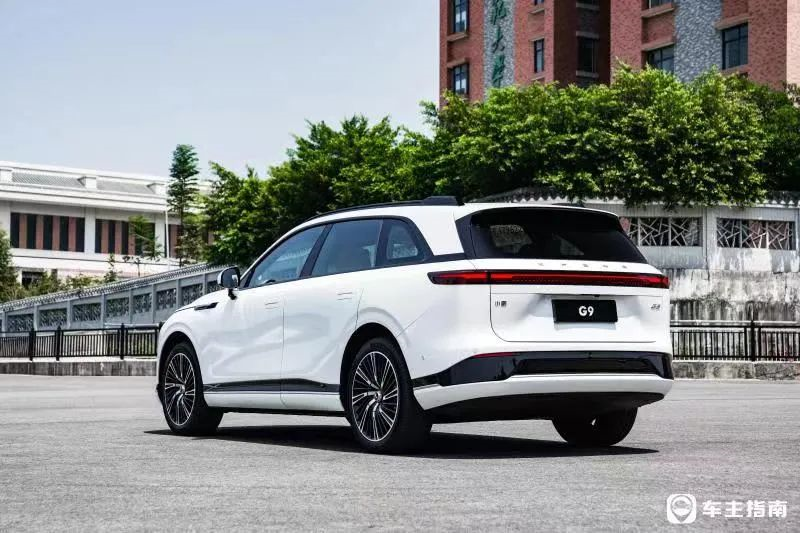
Fortunately, we don’t need to guess this most crucial price for too long. On September 21, one week later, XPeng G9 will officially announce its price when it goes on sale.
After comprehensive consideration of the opinions of colleagues, I estimate that the entry-level price of XPeng G9 should be slightly higher than that of Model Y, at around 320,000 yuan (it is not ruled out that there may be versions with even better configurations to further reduce the starting price), while the top configuration may be between 430,000 and 450,000 yuan.What do you think the final price range of XPeng G9 will be? Feel free to leave your comments in the comment section, and come back in a week to see whose prediction is closest to the actual selling price.
This article is a translation by ChatGPT of a Chinese report from 42HOW. If you have any questions about it, please email bd@42how.com.
